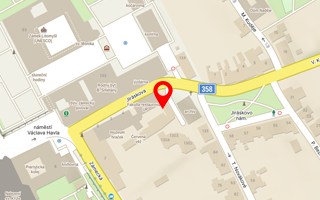Publikace detail
The restoration of the Stone Fountain in Kutná Hora: An assessment of the contemporary intervention within the context of repairs throughout history
Autoři:
Ďoubal Jakub
Rok: 2016
Druh publikace: článek v odborném periodiku
Název zdroje: Studies in Conservation
Strana od-do: 1-13
